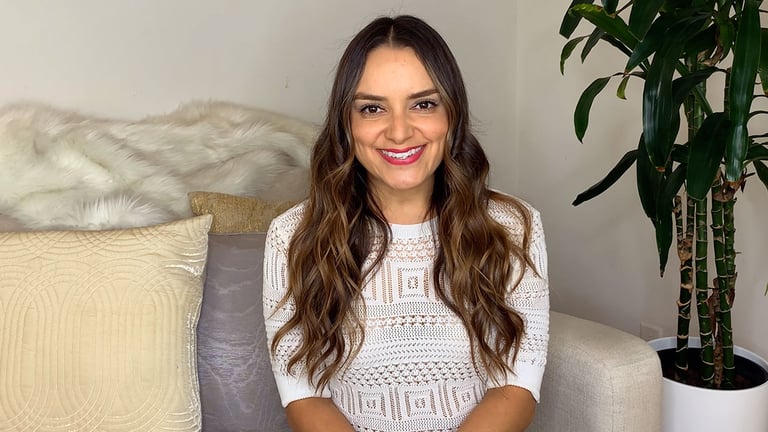
You may think savings accounts are all one in the same, but they're not. I'll explain the different types of savings accounts, and how to find the right one for you.
So now that you’ve decided you want to save money in the most efficient and effective way, the first thing you need to determine is “do I have the best type of savings account to reach my financial goals.”
This may sound pretty basic, but if you’re just stashing your hard earned cash in your bank’s typical checking and savings account, you might be leaving money on the table.
Here’s how to find the right savings account for you:
1. Define what the savings account will be used for
Contrary to what you may have heard, a savings account is not for long-term savings. Any money you’re saving for long-term financial goals, like retirement, should be invested in a portfolio within the stock market or real estate. These types of investments will grow your money faster than inflation will. For more advice on long-term savings, check out our investing blog posts or talk to your financial advisor.
Typically, a savings account is used for short-term financial goals. A short-term financial goal is a goal you want to achieve in three years or less. These could be goals like an emergency fund, a downpayment on a car or home, or maybe an upcoming vacation. Once you determine what it is you’re saving for, it’ll be easier to figure out the best type of savings account for you.
2. What is the interest rate?
The bank around the block might be convenient, but for a savings account, you want to find a higher interest rate than your checking account. This is what we call high yield savings accounts. Why is a higher interest rate important? A high yield savings account will help you grow your money faster because of higher interest earnings. These types of accounts can help you boost your savings more quickly than average ones.
3. How accessible is your money?
Since this is money you’ll be saving towards a short-term goal, it’s a good idea to keep this cash accessible. Just in case you need to transfer funds back into your checking account or withdraw it for another use, you want to be able to easily access this money without breaching a term or paying a fee.
4. Are there any fees or minimum balance requirements?
Always read the fine print. You’ll want to make sure that there are no maintenance fees or minimum balance requirements in order for you to lock in that higher interest rate. Do your due diligence and most likely, you’ll be able to find an option that doesn’t charge you extra.
When you’re shopping for the best savings account, it’s important to do your research, organize your findings, and be aware of all the options available to you in order to meet your financial goals, as quickly as possible.
Be sure to catch on previous episodes of Learn, and be sure to subscribe.
About Learn
Financial advice for real people, by real people. You shouldn't need a degree to understand your money. Join Head of Education, Brittney Castro and Altruist mentors as they break down financial tips and strategies in a real way to help you finally understand how to achieve your financial goals faster.
Have a question you want to see answered? Ask it here. 🙋♀️

